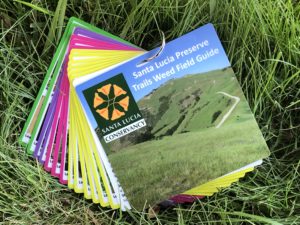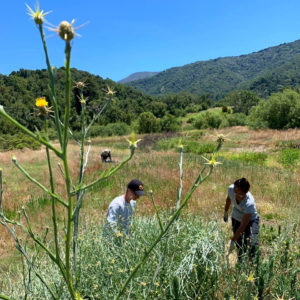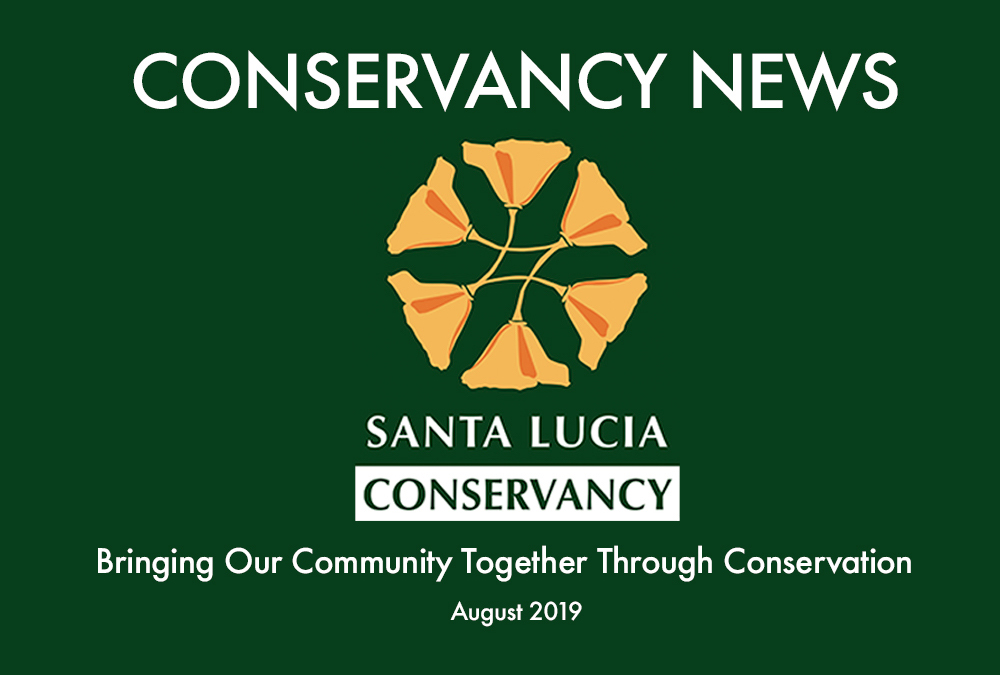
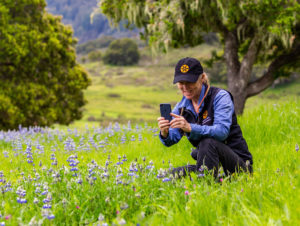 My favorite conversations with Preserve landowners often start with something like, “I wonder what’s special about my Openlands?” My reply invariably is, “Let’s find out together!” A walk through the Openlands anywhere on the Preserve is an opportunity to discover something that surprises and delights.
My favorite conversations with Preserve landowners often start with something like, “I wonder what’s special about my Openlands?” My reply invariably is, “Let’s find out together!” A walk through the Openlands anywhere on the Preserve is an opportunity to discover something that surprises and delights.
The Openlands are the Wonderlands of The Preserve.
These protected portions of each residential lot are seamlessly linked to other Openlands, adding up to over 8,000 acres of scenic and splendid natural lands. Every owner’s Openlands is unique and home to a trove of diverse and often exceptional plants and animals, and some even include cultural sites reflecting the rich history of the region. Iconic heritage oaks, diminutive saw-whet owls, fragile tiger lilies, stately redwoods and a thousand other species grace our Openlands.
Conservancy staff love to hear about the special features that connect Preserve owners to their land. We are delighted when members share images and stories of family and friends enjoying wildlife sightings, sunsets, spring wildflowers and fall colors. Calling with questions is also always greeted with appreciation, whether to identify a creature, get the latest intel on weeds, or get help with an issue. The Conservancy team is always here to offer guidance, support and encouragement.
In this third issue of the Conservancy’s newsletter, we hope you will enjoy stories of Preserve members sharing the wonder of their Openlands and celebrating our mutual connection to nature and community partnerships. Whether through protecting tiny oak saplings, setting out hidden cameras to better understand our wild neighbors, or using cattle to restore habitat, together we are helping sustain the natural assets and unique character of this vibrant conservation community.
CONSERVATION CHAMPIONS
Inspiration from Our Community
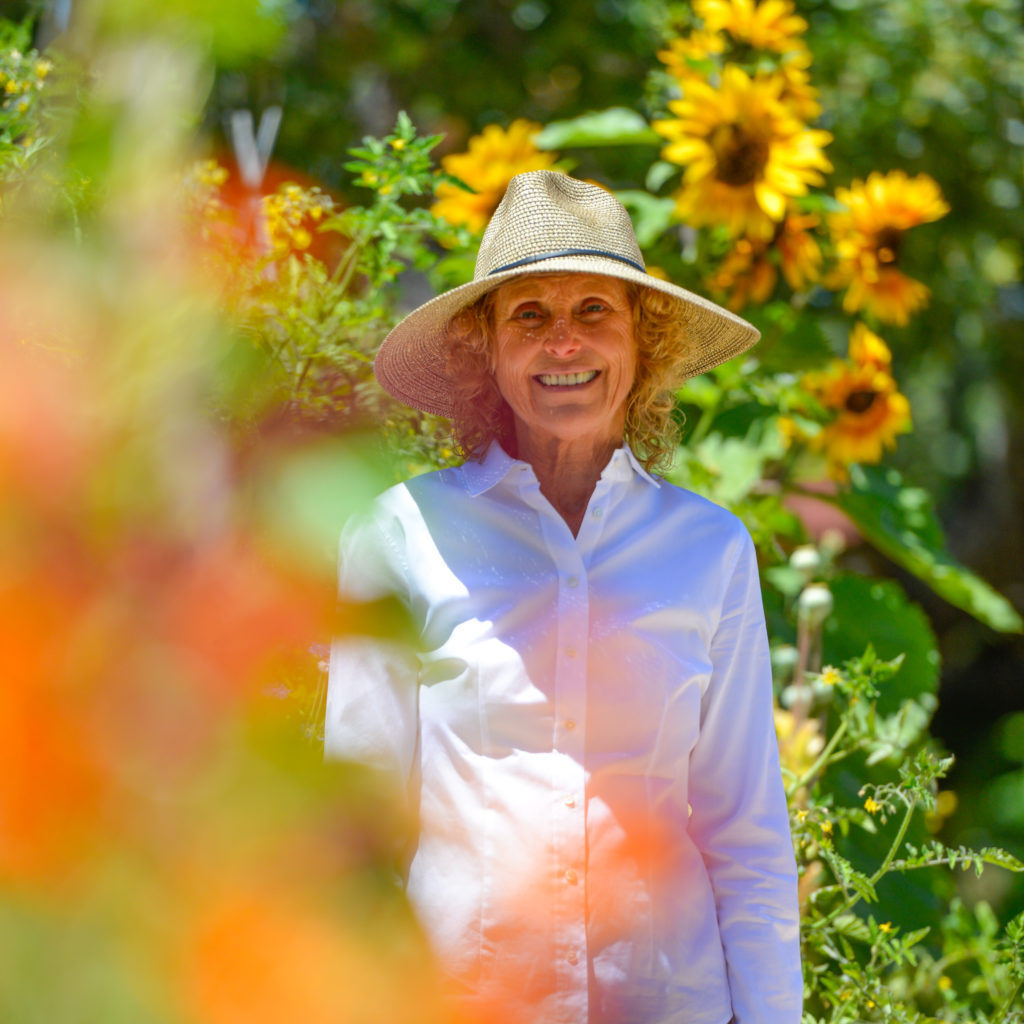
Jim and Ginger Andrasicks’ conservation efforts have far reaching impacts on their own land, within the community and beyond. Discover this duo’s recipe to a Pura Vida and how the longest road home is sometimes the sweetest. READ MORE
WILD PRESERVE
Connections with our Natural Neighbors
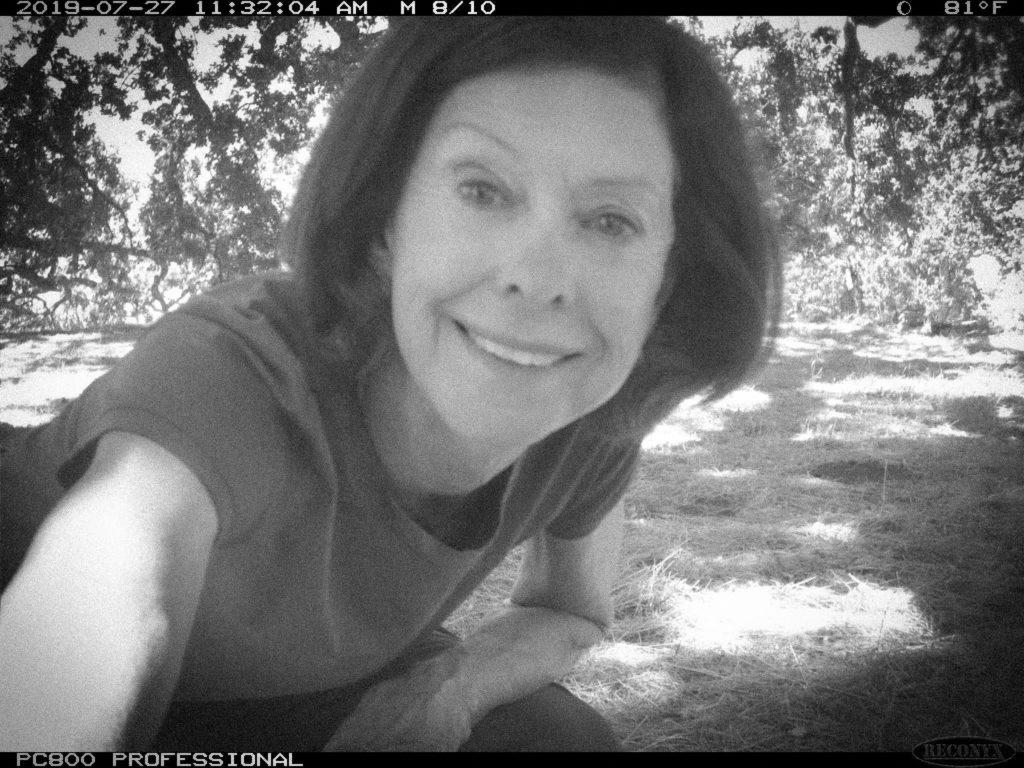
You never know what you’re going to see with hidden wildlife cameras: a bobcat, mountain lion, turkey or fox? But the best surprise of all are Preserve members, like Ramona Bohlander pictured above, seeing firsthand just how many animals are using our Openlands and how well The Preserve design is working for wildlife. READ MORE ABOUT THE WILD PRESERVE
WHEN THE COWS COME HOME
News from the Herd
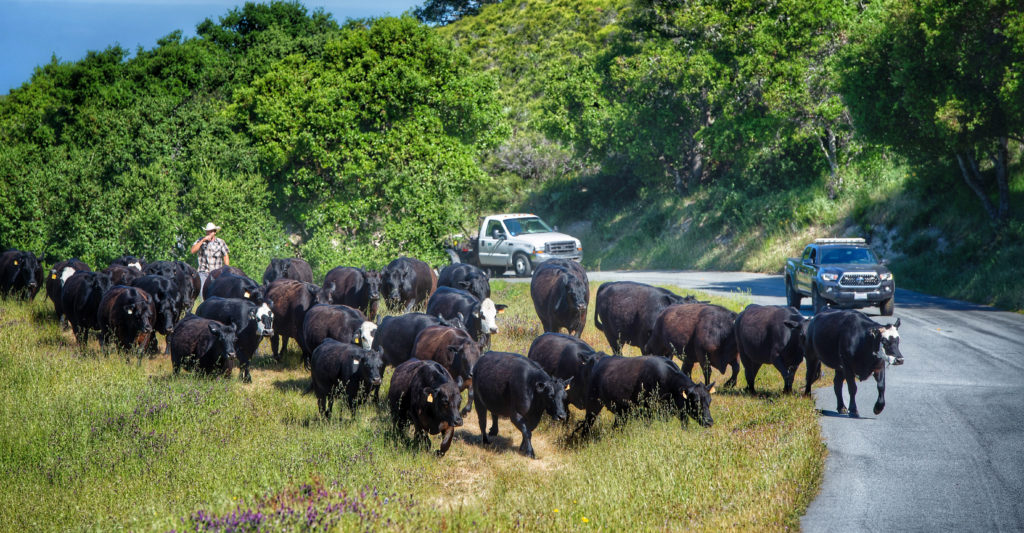
One of our very own cowboys on why he feels at home in the herd, and why his favorite question from landowners is “When can the cows be here?” READ MORE
INTO THE WEEDS
A Deeper Dive Into The Preserve’s Plant World
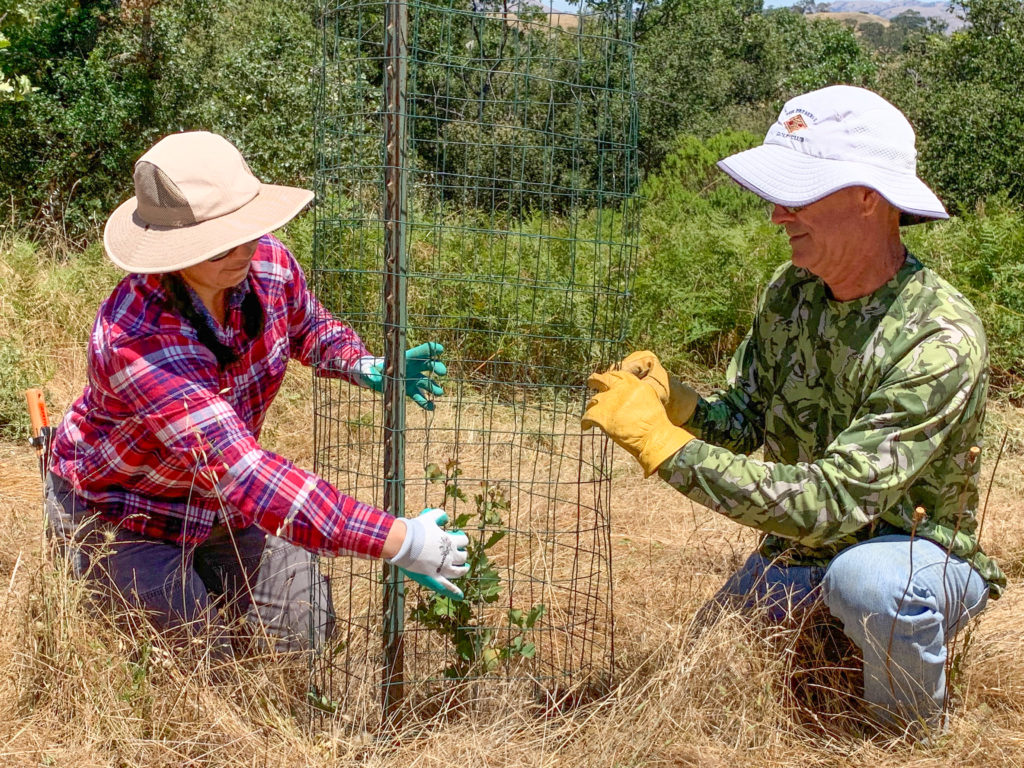
The proverb, it takes a village to raise a child, can be applied across time and species, as we see when landowners work together to care for baby valley oaks across Openlands. READ MORE
GRASSROOTS
Notes from the Field
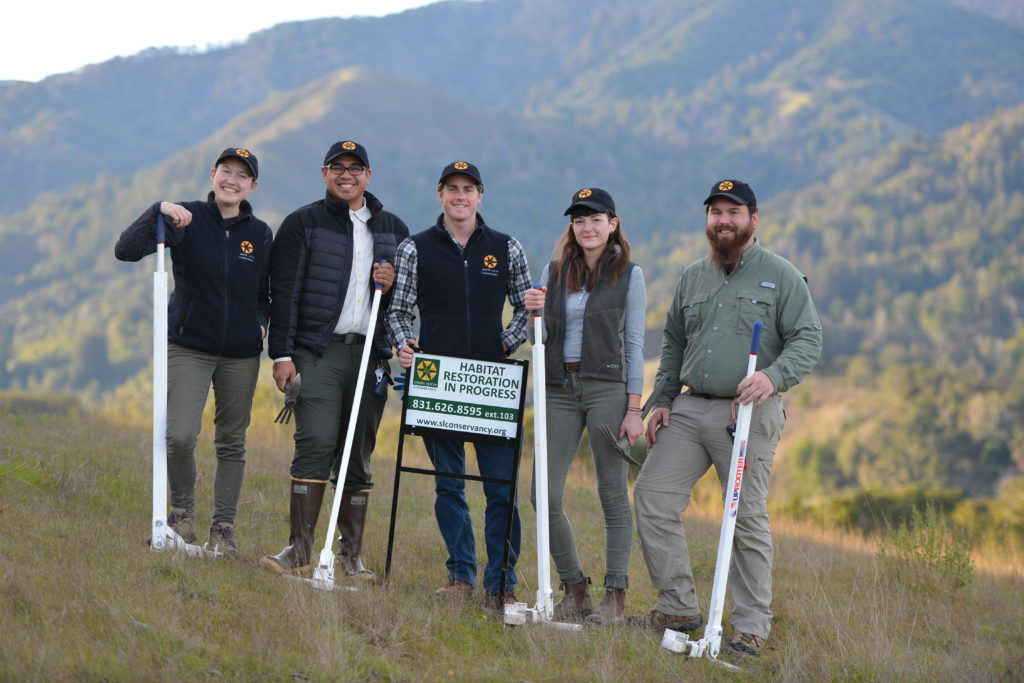
Over the past four months, the Conservancy’s first ever seasonal field crew treated a remarkable 293 acres and assessed a total of 450 acres of Preserve grasslands. Read about the challenges and triumphs of a Preserve weed warrior through this first-person narrative. READ MORE
IN OTHER NEWS
NEW WEED FIELD GUIDE. The Conservancy’s new Weed Field Guide was created to help landowners unleash their inner land steward. The glossy flip guide helps identify invasive plants that encroach upon our land and outcompete our beloved natives. The guide is color-coded by flower color and offers helpful tips to identify and remove invasives using hand techniques. The Conservancy is providing one complimentary guide per household with the option of additional copies at $25 per guide.
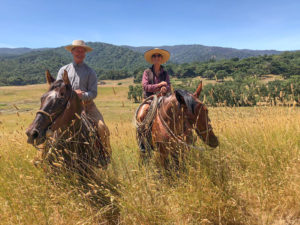 GRASSLANDS UPDATE. Natural disturbance is a temporary process that changes conditions on the land such as large herds of grazing animals, fire or flood. This process is the foundation of our Conservation Grazing Program and is fundamental to our five-year Grassland Initiative. Last month our grazing team transported 31 cows and one calf from Dorrance Ranches and three Criollos from Elkhorn Slough to The Preserve. The grazing team will slowly introduce the new cows to our current resident herd of 43 cattle. Increasing the Conservancy’s herd to 78 will allow us to graze more areas with greater precision than we were able to with the smaller herd. Learn more about our newest residents in the blog “Boosting Bovine Breadth”.
GRASSLANDS UPDATE. Natural disturbance is a temporary process that changes conditions on the land such as large herds of grazing animals, fire or flood. This process is the foundation of our Conservation Grazing Program and is fundamental to our five-year Grassland Initiative. Last month our grazing team transported 31 cows and one calf from Dorrance Ranches and three Criollos from Elkhorn Slough to The Preserve. The grazing team will slowly introduce the new cows to our current resident herd of 43 cattle. Increasing the Conservancy’s herd to 78 will allow us to graze more areas with greater precision than we were able to with the smaller herd. Learn more about our newest residents in the blog “Boosting Bovine Breadth”.
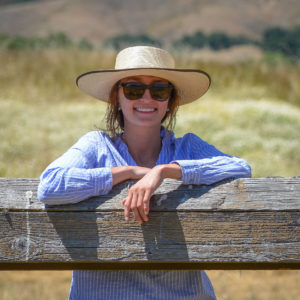 WELCOMING DAYNA CORMANY. Dayna is a recent graduate from the University of Nevada, Reno where she received her bachelor’s degree in Agricultural Science with a minor in Rangeland Ecology. Over the course of her college career, she grew deeply interested in rangeland and livestock interactions and knew she wanted to pursue a career in it. Although she spent the last few years in Nevada, she is a northern California native. Dayna grew up in the Sierra Valley on her family’s ranch, where she developed her passion for working with livestock and being out on the land. She is excited to utilize her education and hands on experience to help grow the Conservation Grazing Program, while continuing to learn along the way!
WELCOMING DAYNA CORMANY. Dayna is a recent graduate from the University of Nevada, Reno where she received her bachelor’s degree in Agricultural Science with a minor in Rangeland Ecology. Over the course of her college career, she grew deeply interested in rangeland and livestock interactions and knew she wanted to pursue a career in it. Although she spent the last few years in Nevada, she is a northern California native. Dayna grew up in the Sierra Valley on her family’s ranch, where she developed her passion for working with livestock and being out on the land. She is excited to utilize her education and hands on experience to help grow the Conservation Grazing Program, while continuing to learn along the way!
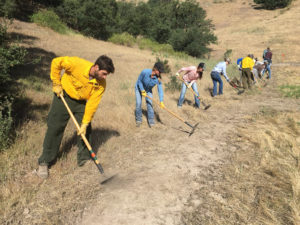 FIRE TRAINING. In early June the Conservancy participated in a University of California Extension prescribed fire training in San Benito County. Workshops like this help keep our skills fresh while continuing to learn as much as possible about prescribed fire as a stewardship tool for grassland management learning as much as we can about this important stewardship tool for grassland management. We have used prescribed fire on The Preserve as recently as 2015 and look forward to bringing it back to help restore and support our incredible landscape. All seven of the Conservancy’s full-time staff are currently certified Type II Firefighters.
FIRE TRAINING. In early June the Conservancy participated in a University of California Extension prescribed fire training in San Benito County. Workshops like this help keep our skills fresh while continuing to learn as much as possible about prescribed fire as a stewardship tool for grassland management learning as much as we can about this important stewardship tool for grassland management. We have used prescribed fire on The Preserve as recently as 2015 and look forward to bringing it back to help restore and support our incredible landscape. All seven of the Conservancy’s full-time staff are currently certified Type II Firefighters.
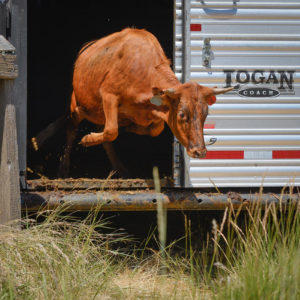 CRIOLLO CATTLE. You might have noticed the recent arrival of three criollo cattle on The Preserve. The criollo is a heritage breed of cattle that specializes in brush reduction. They were first brought to the New World by Christopher Columbus in 1493. Don’t let those horns fool you, all three criollos are female! These little ladies are temporarily in the trail horse pasture while they acclimate to working alongside the Conservancy cattle dog, Rue, and are trained around electric fencing. Our team will continue to monitor them to ensure they are a good fit for The Preserve, with an aim to integrate the criollos and the eight heifers lovingly referred to as the SWAT team in time.
CRIOLLO CATTLE. You might have noticed the recent arrival of three criollo cattle on The Preserve. The criollo is a heritage breed of cattle that specializes in brush reduction. They were first brought to the New World by Christopher Columbus in 1493. Don’t let those horns fool you, all three criollos are female! These little ladies are temporarily in the trail horse pasture while they acclimate to working alongside the Conservancy cattle dog, Rue, and are trained around electric fencing. Our team will continue to monitor them to ensure they are a good fit for The Preserve, with an aim to integrate the criollos and the eight heifers lovingly referred to as the SWAT team in time.
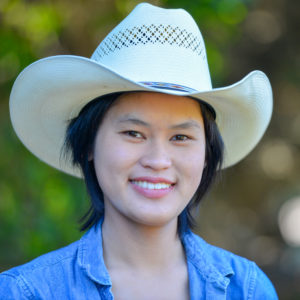 SUMMER INTERNS. Please help us welcome three additional summer interns, Greer Hoffman, Max Klotz and Jeremy Alsaker – which makes six interns in total and our largest pool to date. The budding professionals report to Director of Conservation Science, Dr. Christy Wyckoff, and work across a variety of the Conservancy’s research projects.
SUMMER INTERNS. Please help us welcome three additional summer interns, Greer Hoffman, Max Klotz and Jeremy Alsaker – which makes six interns in total and our largest pool to date. The budding professionals report to Director of Conservation Science, Dr. Christy Wyckoff, and work across a variety of the Conservancy’s research projects.
Greer Hoffman is going into her sophomore year at Vassar College and only recently wrapped up her internship with the Conservancy. Greer is pursuing a degree in Computer Science with a minor in Chinese and Music Composition. She spent the last couple of months testing and debugging a program that facilitates data entry for the Conservancy’s “Where the Wildlife Wander Project”. Read Greer’s blog, “Nature Rocks”, to dive deeper into her summer with the Conservancy.
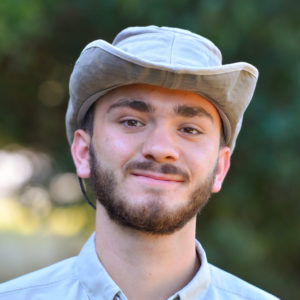 Max Klotz was born in New York City and raised in Stanford, California. He did not travel far for college and began attending Stanford University in 2016. He is currently entering his senior year in pursuit of an Environmental Studies degree. Max is passionate about wild spaces and environmental history. He was attracted to the Conservancy for the opportunity to do work in the field. This summer, Max will be analyzing historical photos of the Santa Lucia Preserve and comparing them to the present day, along with helping out whichever research projects need assistance.
Max Klotz was born in New York City and raised in Stanford, California. He did not travel far for college and began attending Stanford University in 2016. He is currently entering his senior year in pursuit of an Environmental Studies degree. Max is passionate about wild spaces and environmental history. He was attracted to the Conservancy for the opportunity to do work in the field. This summer, Max will be analyzing historical photos of the Santa Lucia Preserve and comparing them to the present day, along with helping out whichever research projects need assistance.
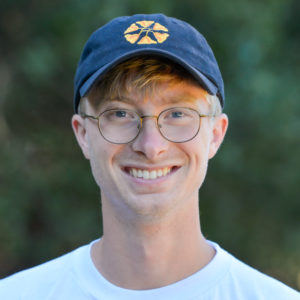 Jeremy Alsaker is the most far-flung of our interns this summer, hailing from Carleton College, Minnesota. An internship at the Conservancy was a natural fit for the rising senior majoring in Environmental Studies. He first learned about The Preserve when his study program was invited to dig sedge with Linda Yamane, a Rumsen Ohlone basket weaver. While he will fill many roles throughout his internship, Jeremy’s primary focus will be enhancing the Conservancy’s data on invasive plant species, specifically along Preserve hiking trails. If you see him walking along, be sure to say hello!
Jeremy Alsaker is the most far-flung of our interns this summer, hailing from Carleton College, Minnesota. An internship at the Conservancy was a natural fit for the rising senior majoring in Environmental Studies. He first learned about The Preserve when his study program was invited to dig sedge with Linda Yamane, a Rumsen Ohlone basket weaver. While he will fill many roles throughout his internship, Jeremy’s primary focus will be enhancing the Conservancy’s data on invasive plant species, specifically along Preserve hiking trails. If you see him walking along, be sure to say hello!
GET INVOLVED
Highlights from Recent Events
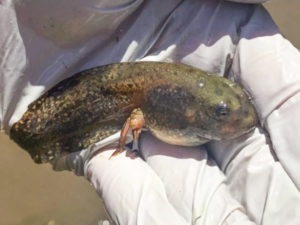 SUNSHINE, SEINING AND SALAMANDERS
SUNSHINE, SEINING AND SALAMANDERS
Six members and their children witnessed science in action alongside Dr. Christy and her interns while catching a glimpse into the astonishing ecosystem in our ponds. A dip net collected a variety of aquatic wonders – frogs, salamanders and water bugs. Each species is recorded to help monitor amphibian populations, which is especially critical for our endangered species – California’s red-legged frog and tiger salamander. We thank everyone who came out to join us.
EXTREME GARDENING
The summer nemesis: yellow star thistle. Don’t let the golden flowers of the thorny yellow star thistle trick you into believing it’s a golden state native. While the Conservancy team has worked very hard to prevent a large infestation on The Preserve, recent reports indicate that this rapid colonizer, introduced to California around 1850, has infested between 10 and 15 million acres statewide. Last month, members were invited to join Conservancy staff, seasonal field crew and the interns to protect Peñon Peak by removing the invasive plant that has been outcompeting our natives and is poisonous to horses.
UPCOMING EVENTS: SAVE THE DATE
August 29: Wild Preserve
September 21: Raptors of The Preserve
September 26: Acorn Harvest Celebration
For the Conservancy’s full calendar of events, please visit our Member Events page.
UNTIL WE MEET AGAIN
We hope you enjoyed the third edition of the Conservancy newsletter. The next edition will be out in a couple of months. Until then, stay updated on Conservancy news through any of our social media channels, website, events listed above, and by participating in any one of several citizen science programs.
The non-profit Santa Lucia Conservancy envisions a place of enduring wild beauty and resilient biodiversity, actively cared for and protected by a thriving community of people for the benefit of all. If ever you have a question or need assistance, we hope you get in touch. Please feel free to stop by the Conservancy office to connect or simply say “Hello” at any time.
© 2019 Santa Lucia Conservancy
26700 Rancho San Carlos Rd.

